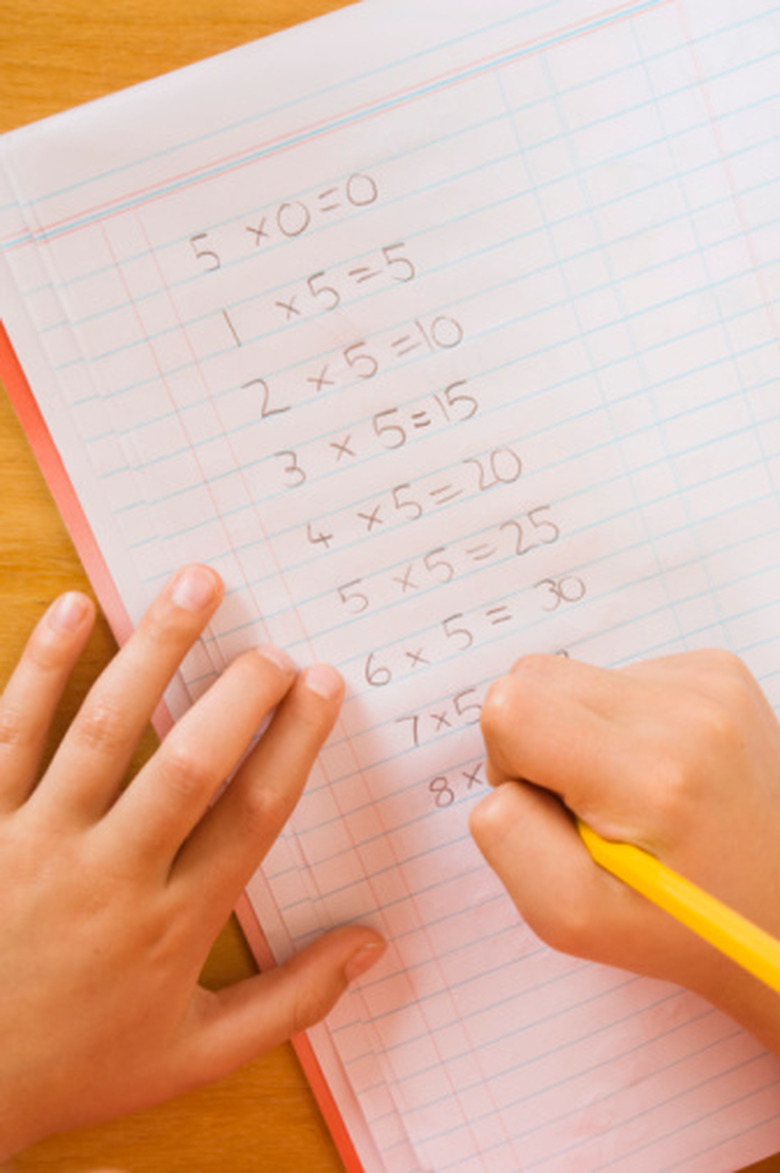How To Check For Reasonableness In Multiplication
Checking for reasonableness is a process by which students evaluate estimations to see if they are reasonable guesses for a problem. Estimating in multiplication helps students to check their answers for accuracy. This skill also comes in especially handy in real-life situations in which you don't have a calculator and you need to multiply two-digit numbers or larger. When students learn strategies to check for reasonableness, they are better able to analyze the mathematical process of multiplication.
Step 1
Instruct students to make an estimate on a solution based on compatible numbers. Compatible numbers are values that are easier to multiply together. For instance, if the problem is 21 x 31, students can round 21 to 20 and 31 to 30. Then they would multiply 20 times 30 to get 600. Numbers ending in zero are easier to multiply.
Step 2
Perform the actual multiplication problem either by hand or with a calculator. In this example, students would multiply 21 times 31 to get 651.
Step 3
Subtract the smaller number from the larger one to check for reasonableness. In this example, you would subtract 600 from 651 to get 51. The numbers are reasonably close, so you can probably accept that 651 is the correct answer. If your actual multiplication had come out to 6510 or 65.1 or something far from 600, you would know that the answer was not reasonable and you should check it again.
Cite This Article
MLA
Johnson, Charlotte. "How To Check For Reasonableness In Multiplication" sciencing.com, https://www.sciencing.com/check-reasonableness-multiplication-8105668/. 24 April 2017.
APA
Johnson, Charlotte. (2017, April 24). How To Check For Reasonableness In Multiplication. sciencing.com. Retrieved from https://www.sciencing.com/check-reasonableness-multiplication-8105668/
Chicago
Johnson, Charlotte. How To Check For Reasonableness In Multiplication last modified March 24, 2022. https://www.sciencing.com/check-reasonableness-multiplication-8105668/
